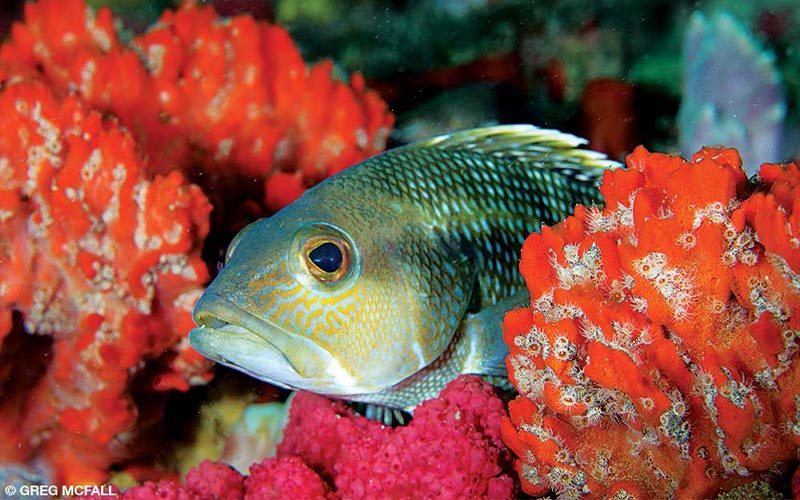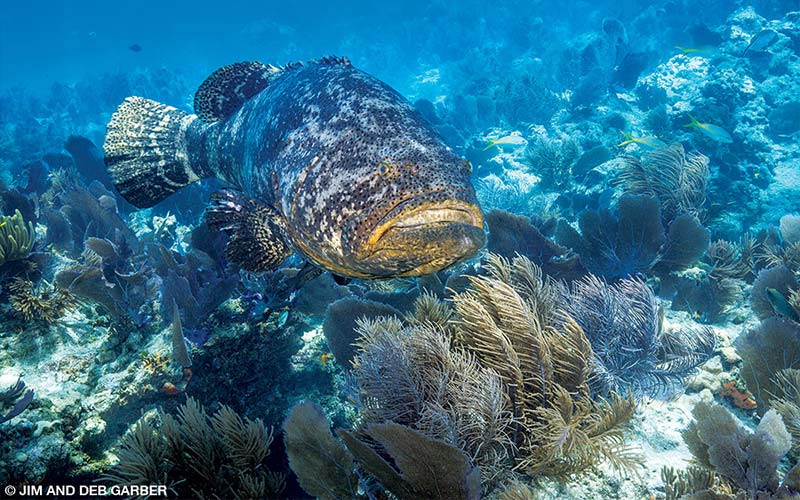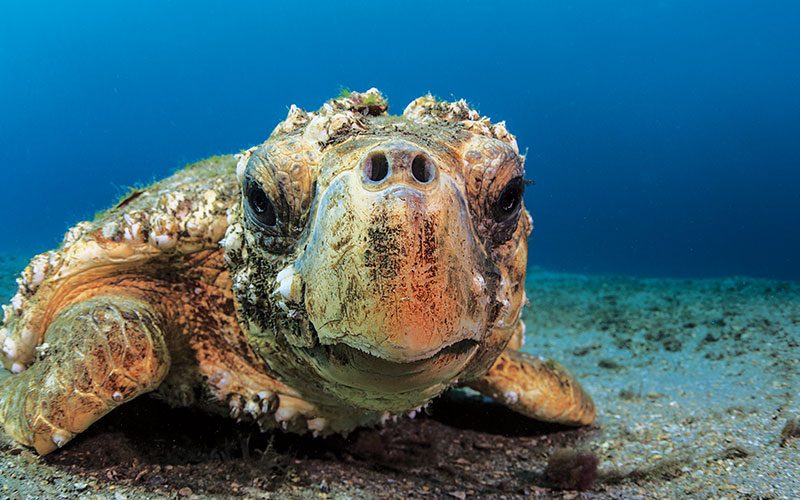Diving Georgia’s Jewel
Gray’s Reef lies in the tropical-temperate transition zone, which makes for a colorful community
of marine life not often found coexisting.

Gray’s Reef lies in the tropical-temperate transition zone, which makes for a colorful community
of marine life not often found coexisting.

Looe Key is considered a gem within the Florida Keys. The reef boasts corals, sharks, rays, grouper and many other species of wildlife. Learn more about diving Looe Key.

Blue Heron Bridge in Florida has a wide diversity of sea critters that thrive in these waters. It’s a place loved by new and seasoned divers. Learn more about diving “the bridge.”

Off of California’s coast is Santa Barbara Island, and it is teaming with delightful dive sites. Sea lions abound and there are plenty of other marine life. Learn more about diving in Santa Barbara Island.

The Gulf Coast of Alabama is home to some great diving including the largest artificial reef program in the United States. Read more about diving in Alabama.

Cape Cod offers great diving with saltwater ponds, narrow creeks, marshes and more. There are also great critters to see. Read more about what Cape Cod has to offer and how to dive it.

Don’t let its size fool you: Rhode Island offers divers a lot to see — including some great shark sightings. Read more about where and how to dive in Rhode Island.

Monterey Bay and Carmel Bay in California are great places to dive. The waters are temperate and the marine protected areas offer great sea life. Read more about diving the bays.

The St. Lawrence River widens into a rich estuary. It’s a rich dive site with lots for divers to check out. Learn more about the St. Lawrence River.

If you’re diving in Ontario, be ready for frigid waters. But, Ontario boasts spectacular diving — including breathtaking shipwrecks. Read more about diving in Ontario and how exactly to dive the locale.
